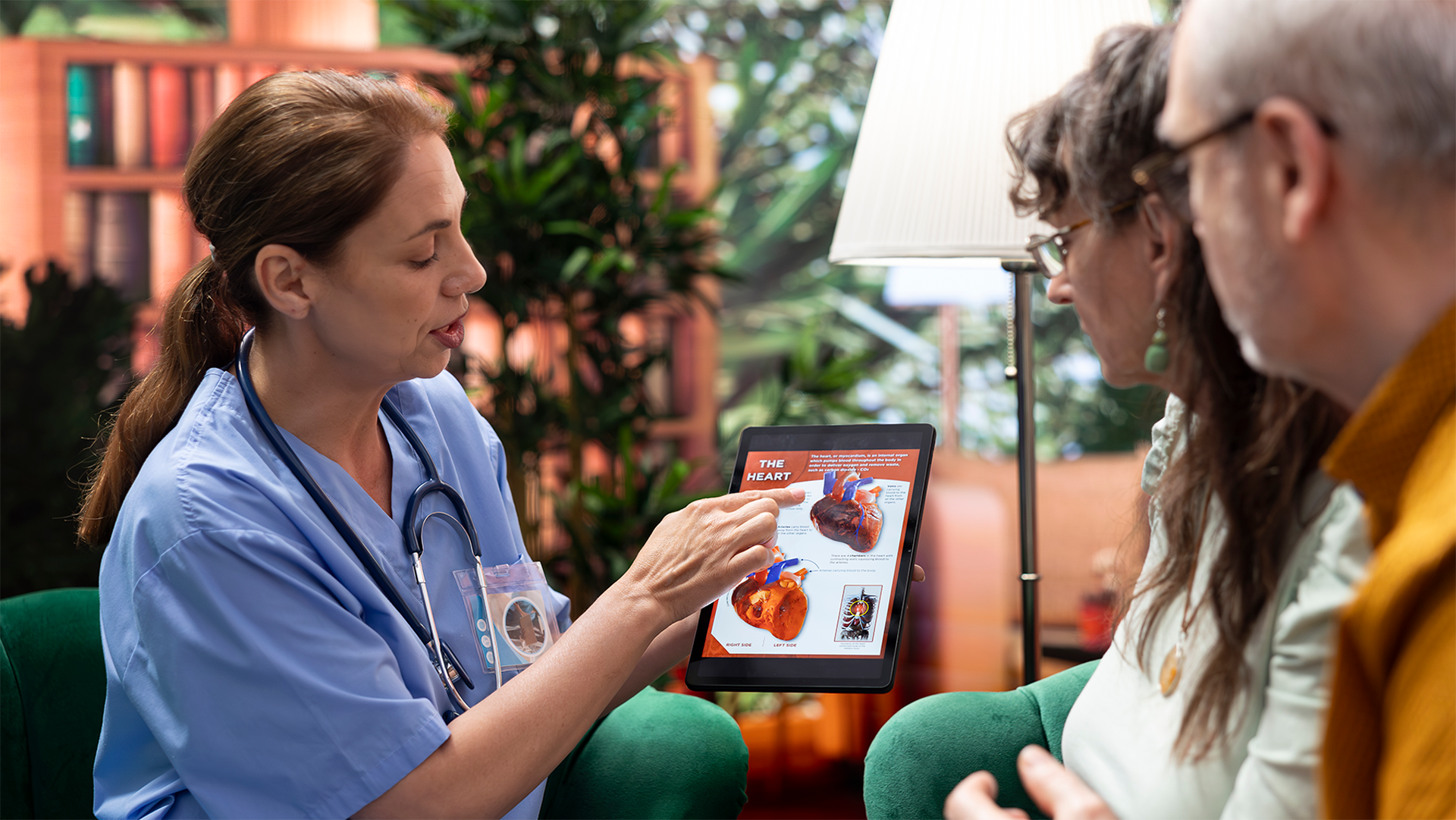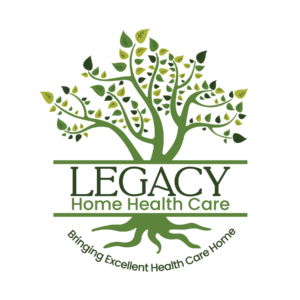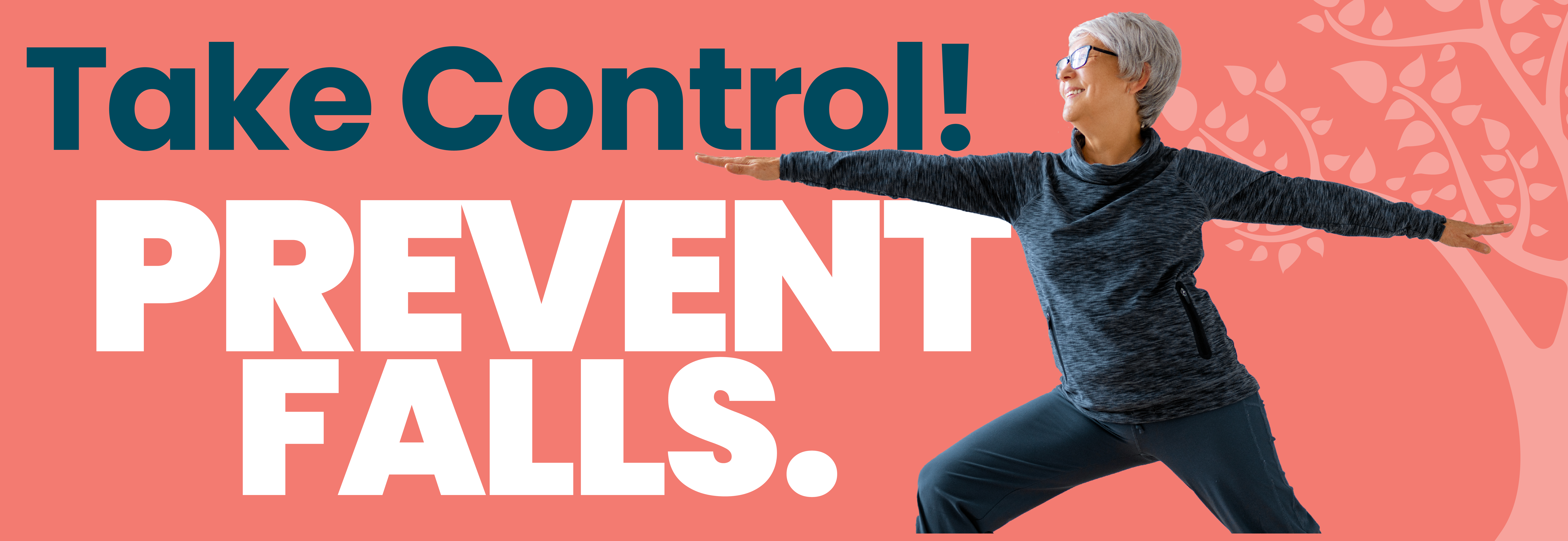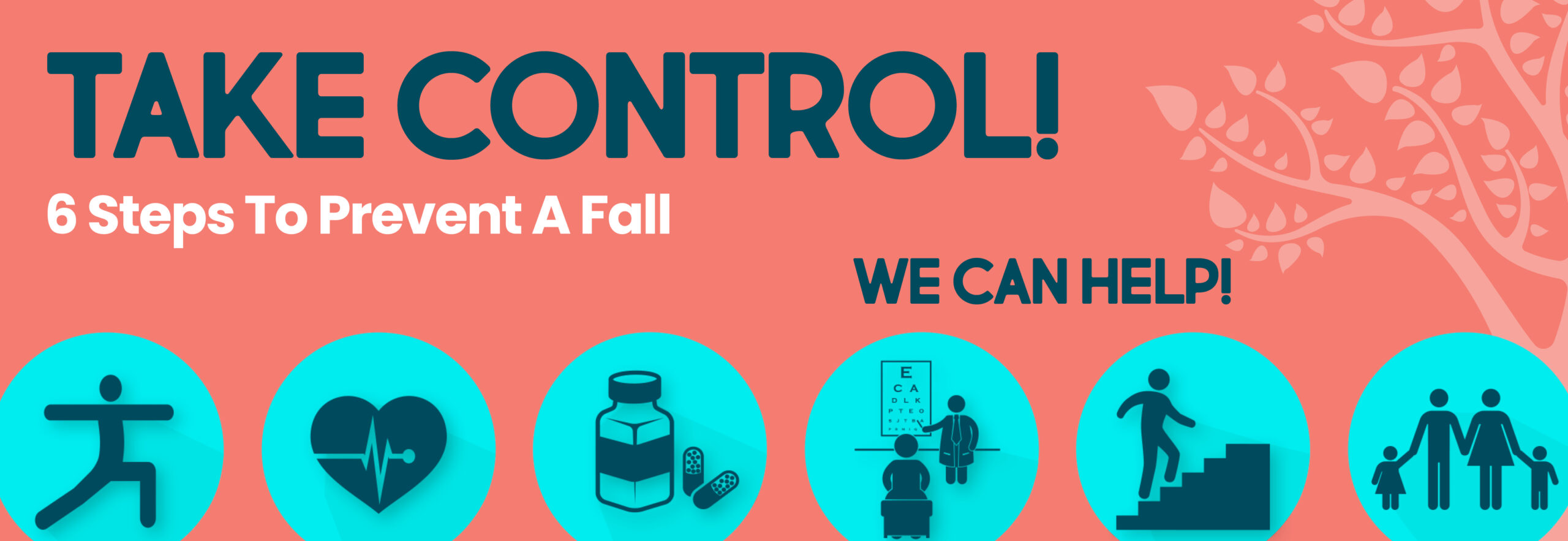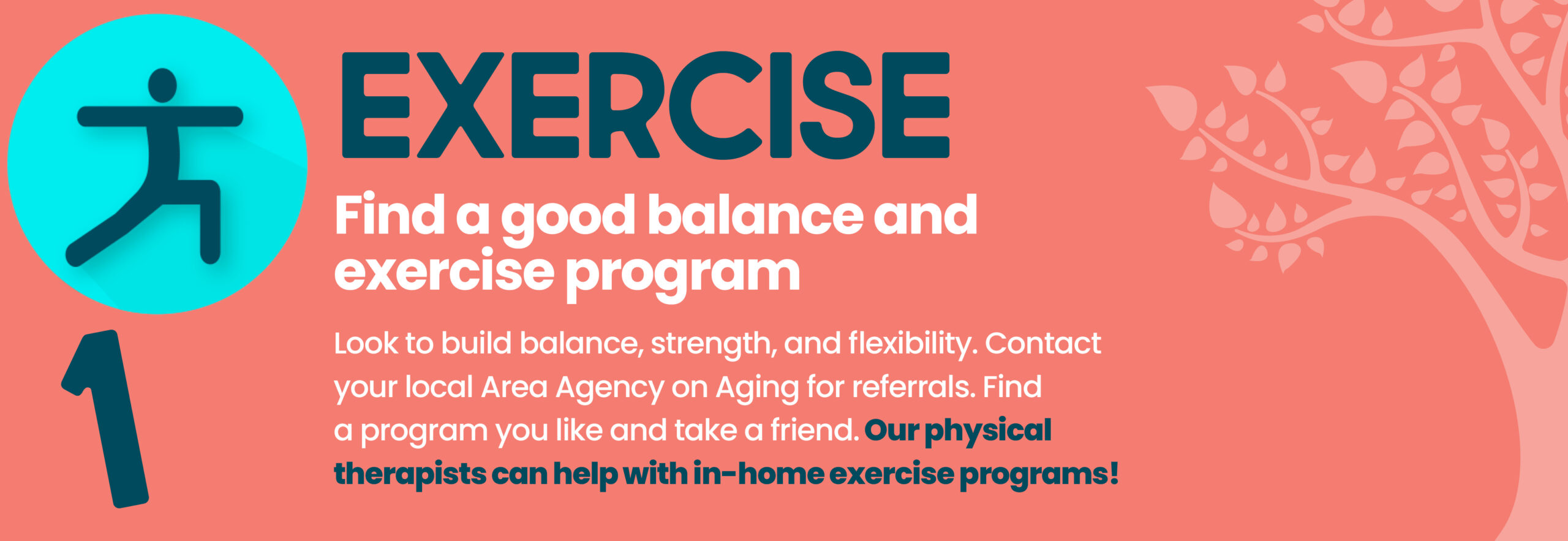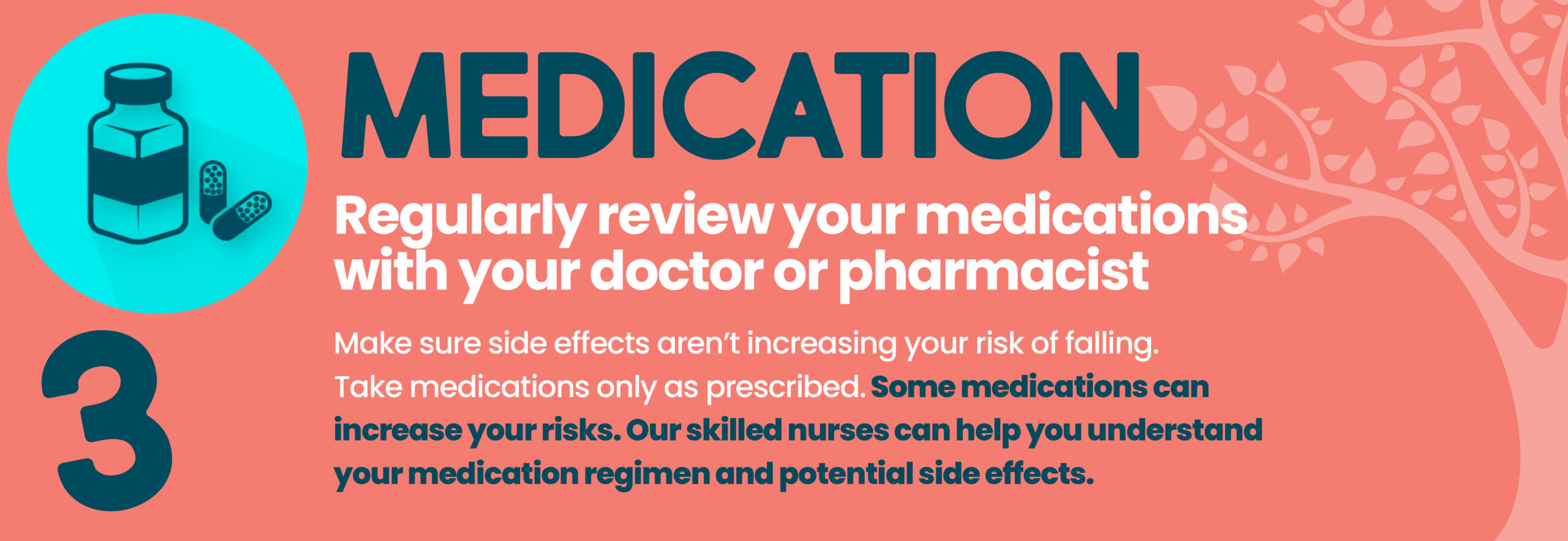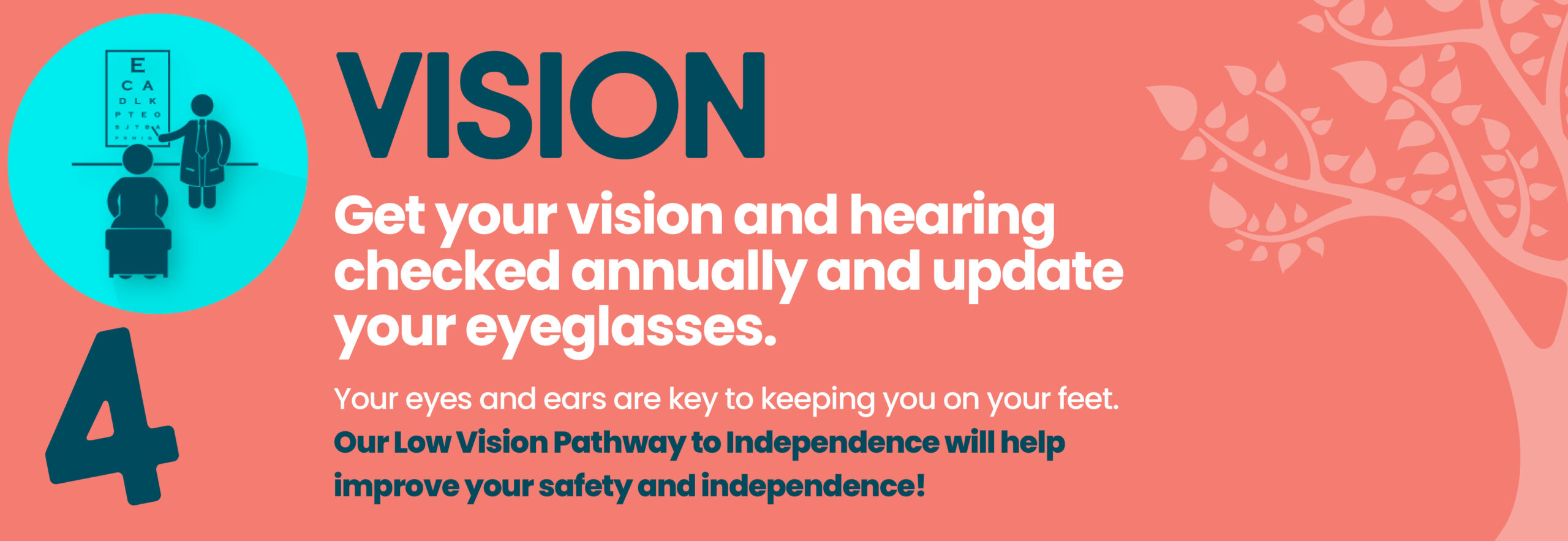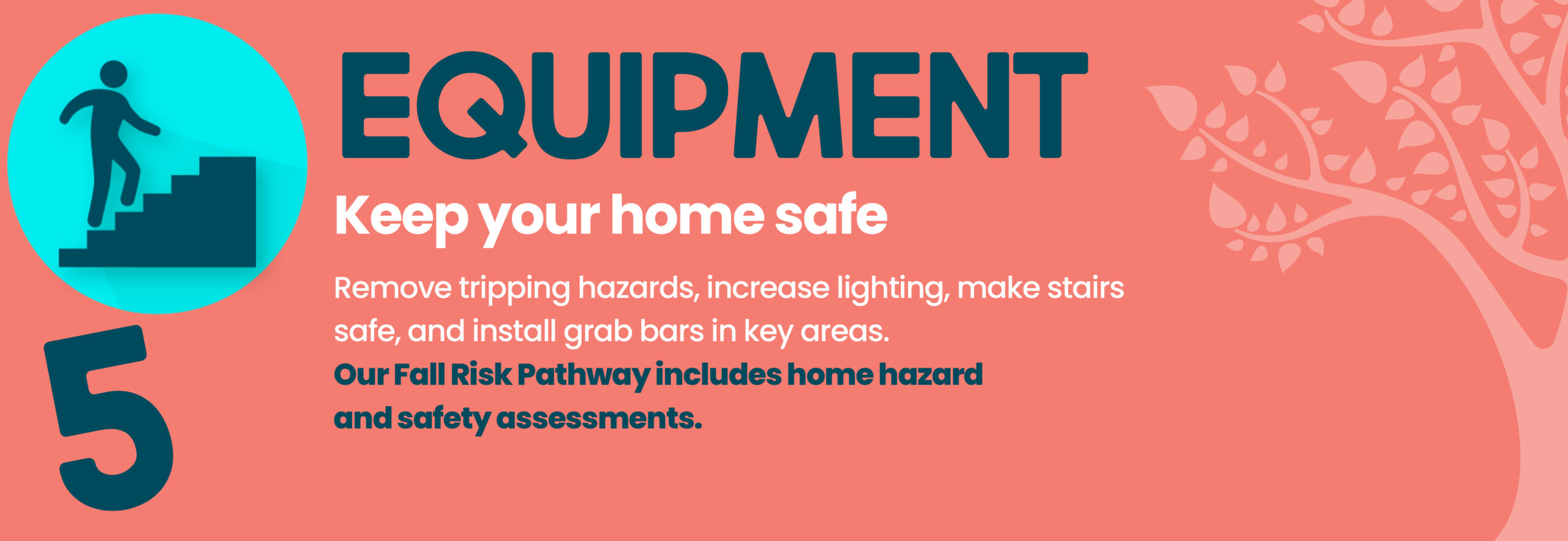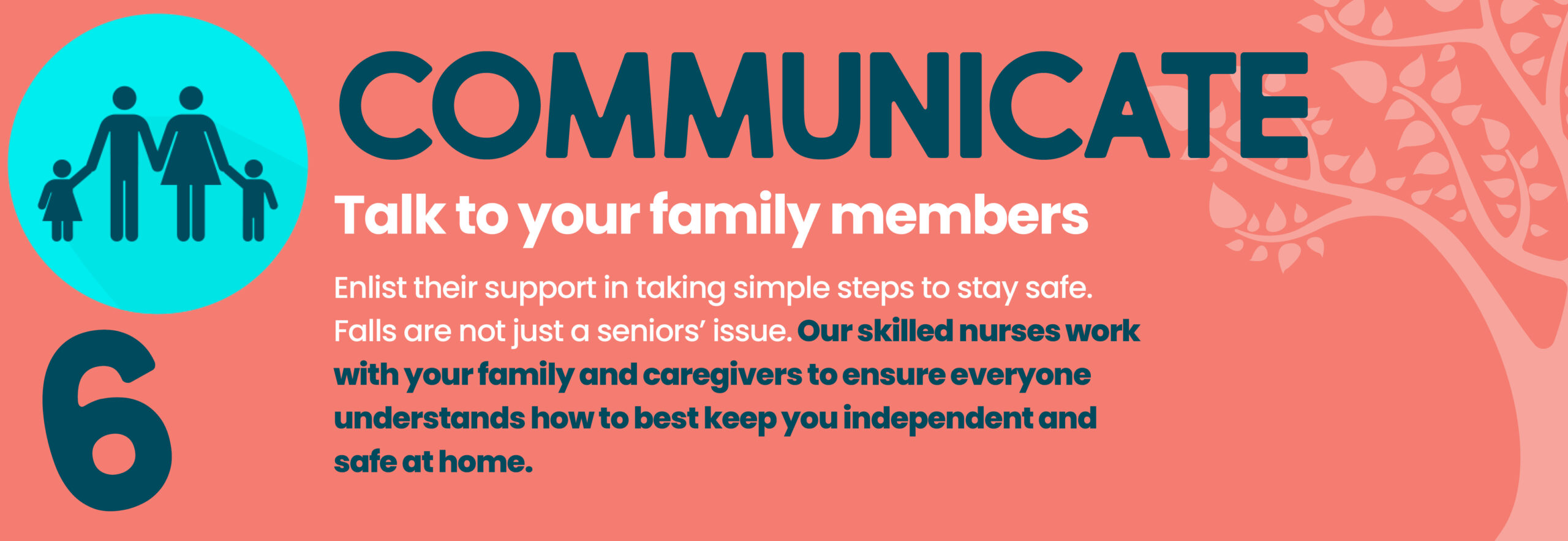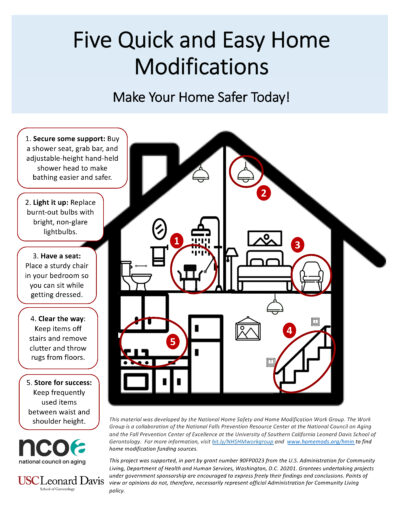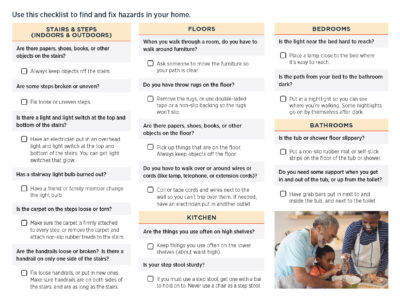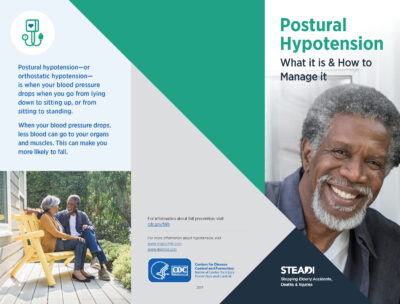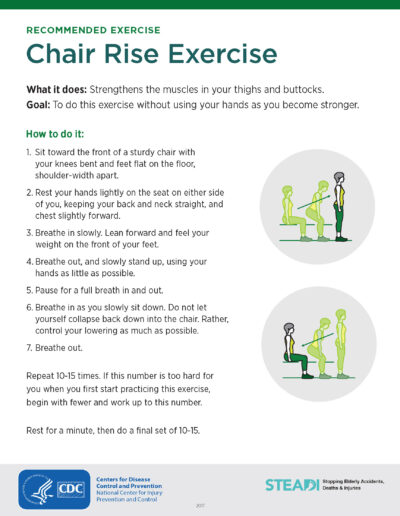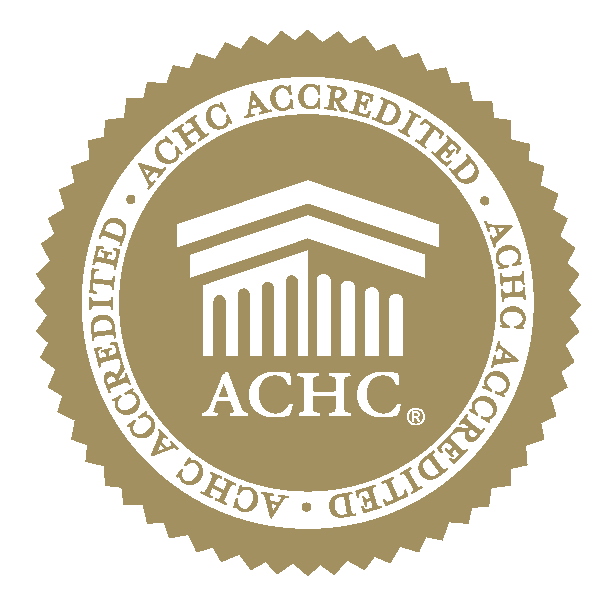Protecting Independence for Older Adults
Unintentional falls are the leading cause of fatal and non-fatal injuries among Florida residents age 65 and older. Beyond physical injury, falls often bring unexpected consequences: fear of falling again, loss of independence, stress on families, and sometimes even relocation away from home. But falls are not a normal part of aging—and many can be prevented.
Why Falls Happen
Several factors contribute to increased fall risk among older adults, including:
- A prior fall
- Chronic conditions like arthritis or stroke
- Hazards in the home (such as loose rugs, poor lighting, or clutter)
- Medications that cause dizziness or drowsiness
- Muscle weakness, mobility issues, or poor balance
- Reduced vision or hearing
- Foot pain, unsafe footwear, or vitamin D deficiency
- The fear of falling, which may lead to reduced activity—causing further weakness and higher risk
The more risk factors present, the greater the likelihood of falling.
The Impact of Falls
The statistics speak for themselves:
- 1 in 4 older adults falls each year in the U.S.
- Falls result in about 3 million emergency department visits and 1 million hospitalizations annually.
- Nearly 319,000 older adults are hospitalized each year for hip fractures, most caused by falls.
- Falls are the most common cause of traumatic brain injuries (TBI) among older adults.
Even falls that don’t cause injury can create fear, reduce activity, and accelerate loss of independence.
How to Prevent Falls and Stay Independent
Here are proven strategies to reduce fall risk and maintain independence:
- Stay Active
Perform exercises that strengthen leg muscles and improve balance, like Tai Chi or other evidence-based programs (A Matter of Balance, Otago, Stepping On, Tai JiQuan). - Vision and Medication Checks
Have your vision checked annually and review medications with your doctor or pharmacist to identify any side effects that may increase fall risk. - Make the Home Safer
Eliminate trip hazards (like loose rugs and clutter), improve lighting, and install grab bars and handrails in key areas such as bathrooms and stairways. - Speak Up About Health Concerns
Tell your provider if you’ve recently fallen, feel unsteady, or worry about falling. Address health conditions like low blood pressure, osteoporosis, or depression as part of your fall risk assessment.
After a Fall
While not all falls lead to injury, nearly 37% of falls cause injuries that require medical attention or limit activity for at least a day. Injuries may include fractures (hip, wrist, ankle), head trauma, or other serious conditions. Even when uninjured, the fear that follows a fall can lead to activity avoidance—creating a cycle that increases the likelihood of further falls.
Adding a Tech Option: Could the Apple Watch Serve as an Alert Tool?
For those curious about high-tech safety tools, the Apple Watch includes features that may assist in emergencies:
- It automatically detects “hard falls” and can prompt you to contact emergency services if you remain immobile, then notify your emergency contacts with your location.
- It includes built-in emergency features like SOS call and a customizable Medical ID.
The Apple Watch can be useful for some older adults, but it may not be the right fit for everyone—especially those who prefer simpler or more traditional medical alert systems.
👉 Learn more about whether the Apple Watch is right for you
Legacy Home Health Care: Your Partner in Fall Recovery and Prevention
At Legacy Home Health Care, our Fall Risk Pathways to Independence Program is designed to reduce fall risks and promote independence. We provide:
- Fall prevention education to equip you with knowledge and strategies to stay safe.
- Thorough home hazard and safety assessments to identify and correct risks in your living space.
- Medication reviews to ensure prescriptions support your health without increasing fall risks.
- Individualized home-based exercise plans that strengthen legs, core, and balance for greater stability.
Our goal is to help you recover from falls, reduce your risk of future ones, and stay confidently independent at home.
👉 Learn more and contact us today to see how our Fall Risk Pathways to Independence Program can support you or your loved one.
🌳 Legacy’s Fall Prevention Services
Our Fall Risk Pathways to Independence Program helps you stay safe, strong, and independent at home.
✨ What we provide:
- 📘 Fall Prevention Education – Knowledge and strategies to reduce fall risk.
- 🏡 Home Hazard & Safety Assessments – Identify and fix potential dangers in your living space.
- 💊 Medication Reviews – Ensure prescriptions support health without increasing fall risk.
- 🏋️ Personalized Home Exercise Plans – Strengthen legs, core, and balance for greater stability.
👉 Learn more and get started:
Can You Safely Stand Up From the Floor?
Being able to get down to the floor—and back up again—matters more than you might think. Whether it’s playing with grandchildren, doing a household task, or recovering from a fall, this skill helps maintain independence and confidence.
Only about half of people who fall can get up on their own. By practicing safe techniques and building strength and balance, you can:
- Stay active in the activities you love
- Gain confidence in your mobility
- Reduce anxiety about falling
- Improve your quality of life
If getting up from the floor feels difficult or worrying, a physical therapist can help. Therapy builds strength, teaches safe techniques, and restores confidence in your mobility.
👉 Legacy Home Health Care offers Physical Therapy to support your independence and fall prevention. Click to learn more or request therapy:
Click Any Image Below to View or Download Falls Prevention Resources
C – Communicate Clearly
Clear communication closes the gap between medical instructions and daily routines.
For patients:
- Repeat back instructions in your own words: “So I take this pill with breakfast, not before bed, correct?”
- Ask for written handouts or large-print versions if needed.
- Let providers know about hearing, vision, or memory challenges that could make following directions harder.
For caregivers:
- Double-check that instructions are understood.
- Use calendars, pill organizers, or reminder apps to simplify routines.
- Share updates with doctors if something changes—like new side effects or difficulties with daily activities.
